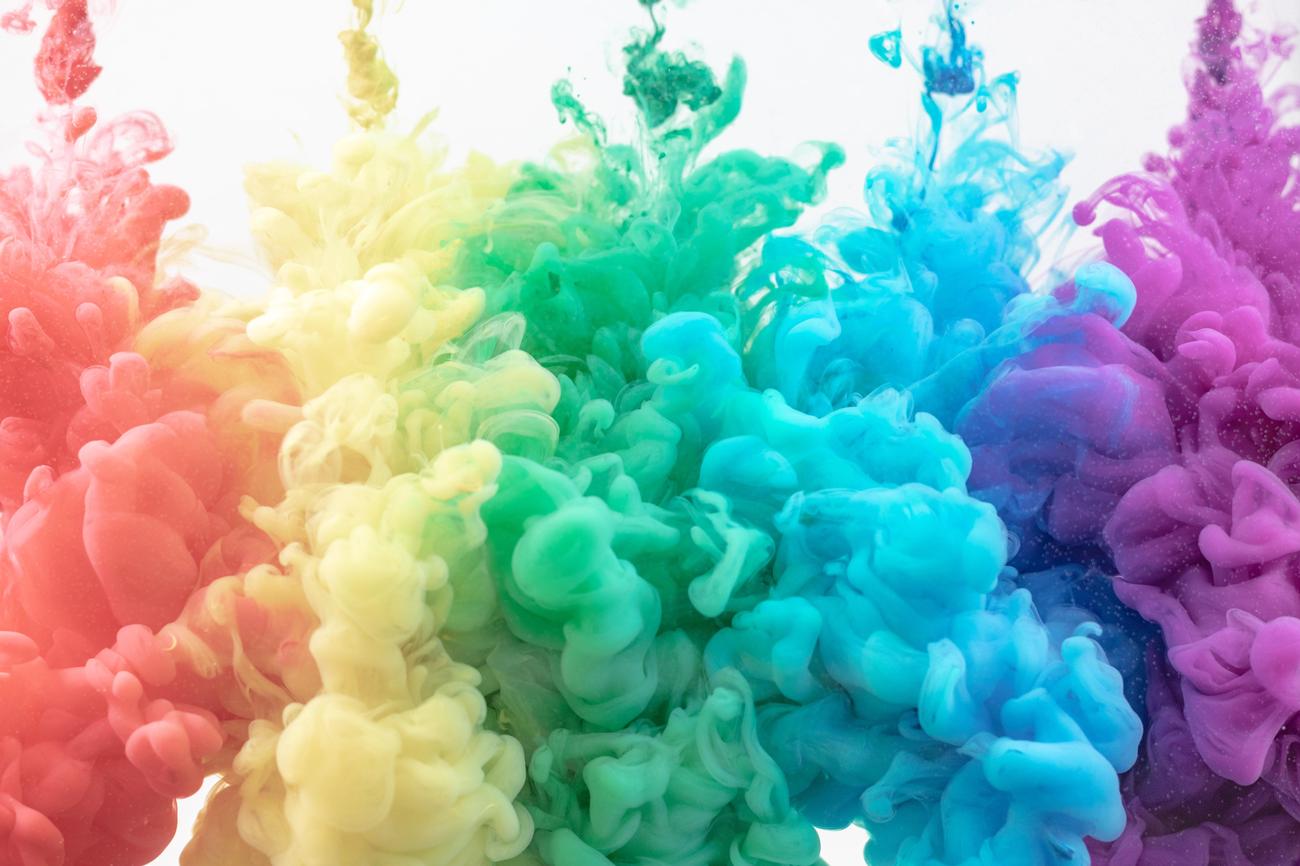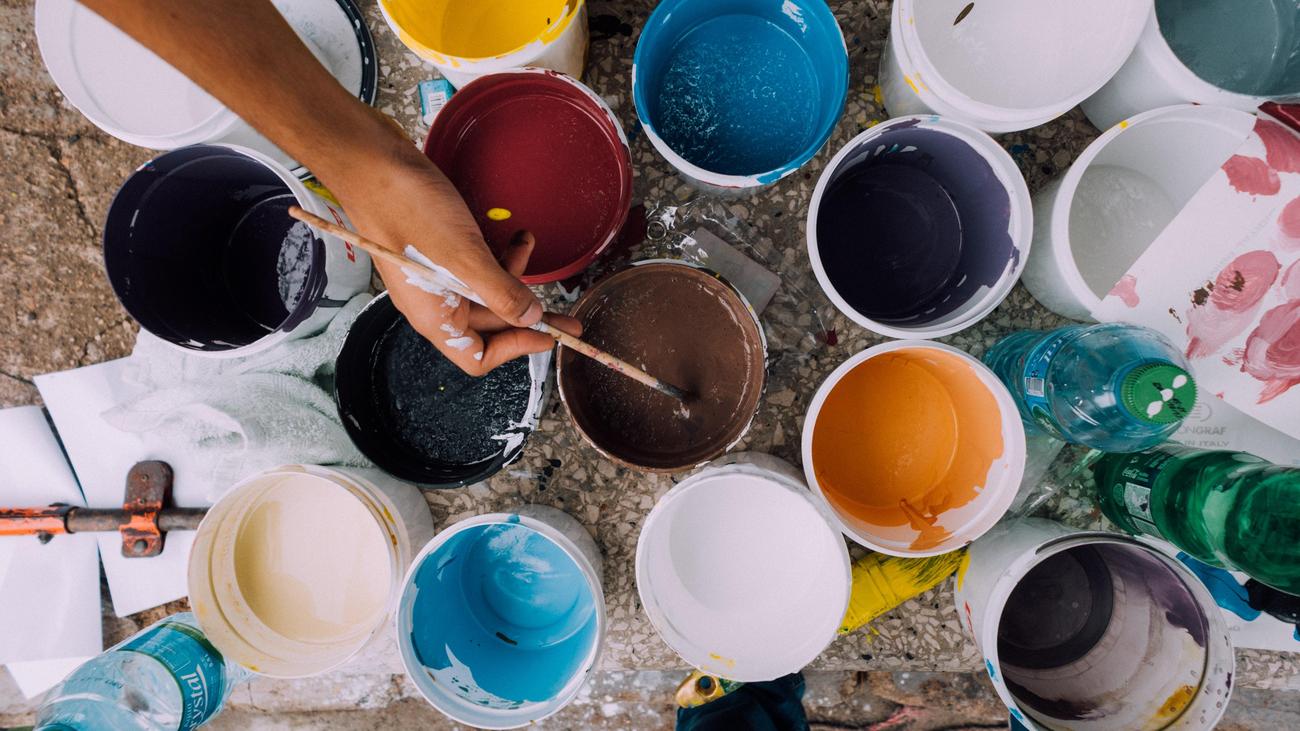Are you ready to dive into the captivating world of painting and uncover some mesmerizing secrets? Look no further! In this article, we will embark on an exhilarating journey through the realm of art, as we unveil a treasure trove of intriguing facts about painting. From the enchanting techniques employed by master artists to the hidden stories behind celebrated artworks, prepare to be mesmerized by the rich tapestry of knowledge and insights that await you. So, grab your paintbrush and let’s embark on this enlightening exploration together!

Intriguing Facts About Painting
As an experienced art critic, I’ve come across many intriguing facts about painting that shed light on the rich history and techniques behind this timeless art form. Let’s dive into some captivating insights that will deepen your appreciation for the world of painting.
1. Painting Through the Ages
Imagine that people have been painting for as long as 30,000 years! It’s truly fascinating to think about the ancient cave paintings and rock art that have survived the test of time. These early forms of painting provide us with a glimpse into the lives and cultures of our ancestors, serving as a visual record of their world.
2. Unconventional Ingredients in Paint
Did you know that the oldest house paint was made of lime mixed with milk and sometimes natural pigments? This mixture created a durable and weather-resistant coating. Additionally, the walls of King Tut’s tomb were actually painted with milk paint, revealing the Egyptians’ innovative use of materials.
3. The Problem of Paint Waste
While painting adds beauty to our surroundings, it’s disheartening to learn that about 10% of all paint bought in the US is eventually thrown out. Surprisingly, the majority of this wasted paint is from residential projects, resulting in over 60,000,000 gallons wasted. This highlights the importance of mindful consumption and proper disposal methods.
4. The Evolution of Oil Paint
Oil paintings have been cherished for centuries, but did you know that the earliest known oil paintings date back to the 14th century? Back then, artists stored their paint in animal bladders, providing a unique insight into the practicalities of their craft. These early experiments with oil paint paved the way for the breathtaking masterpieces we admire today.
5. Paint Takes Time
Patience is truly a virtue when it comes to oil painting. One intriguing fact is that oil paint takes up to two weeks to dry completely. This drying time allows artists to work in layers, adding depth and complexity to their creations. The slow-drying nature of oil paint also contributes to its rich, lustrous finish, making it a favorite among many artists throughout history.
6. Paint and World War II
World War II marked a significant turning point in the paint industry. The scarcity of raw materials during the war led to developments in synthetic paint formulas. This shift not only allowed for more diverse colors and improved quality but also played a role in other industries such as automotive painting, revolutionizing the way we apply and use paint in various contexts.
7. The Rise of Acrylic Paint
Acrylic paint, widely used by artists today, only became commercially available in the 1950s. Its versatility and fast-drying properties made it an instant hit among artists. With acrylic paint, artists can create vibrant, expressive works while enjoying the ease of quick drying times. The advent of acrylic paint opened up a world of possibilities, giving artists even more freedom to experiment and push boundaries.
Reflecting on these intriguing facts, it becomes clear that painting is much more than colors on a canvas. It’s a journey through time, a testament to human ingenuity, and a means of expression that transcends generations.
“Through the ages, painting has served as a visual language that communicates the collective experiences, emotions, and ideas of humanity.”
So the next time you gaze upon a painting, remember the intriguing stories and remarkable techniques that lie beneath the surface.
Art Facts For Students: Discover fascinating insights into the world of art with our comprehensive collection of art facts for students. Whether you are an aspiring artist or simply have an interest in the subject, our curated selection of information will captivate and inspire you. From famous paintings to the techniques used by renowned artists, our articles cover a wide range of topics to expand your knowledge and understanding. Dive into the world of art today by clicking on this link: Art Facts For Students.
FAQ
Q: How long have people been painting?
A: People have been painting for as long as 30,000 years.
Q: What was the oldest house paint made of?
A: The oldest house paint was made of lime mixed with milk and sometimes natural pigments, and King Tut’s tomb was painted with milk paint.
Q: What percentage of paint bought in the US is wasted?
A: About 10% of all paint bought in the US is eventually thrown out, and the majority of that is paint bought for residential projects, resulting in more than 60,000,000 gallons wasted.
Q: When were the earliest known oil paintings created?
A: The earliest known oil paintings date back to the 14th century, and artists used to store their paint in animal bladders.
Q: How long does oil paint take to dry?
A: Oil paint takes two weeks to dry.
- Crypto Quotes’ Red Flags: Avoid Costly Mistakes - June 30, 2025
- Unlock Inspirational Crypto Quotes: Future Predictions - June 30, 2025
- Famous Bitcoin Quotes: A Deep Dive into Crypto’s History - June 30, 2025
















